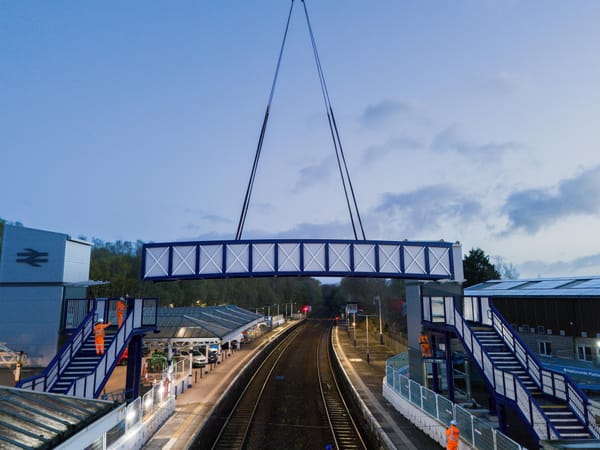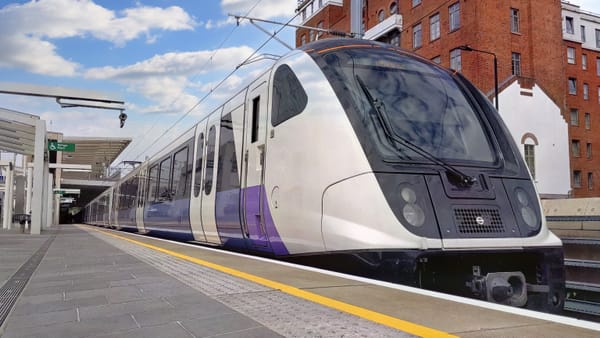Class 710 Aventras on the Romford to Upminster Line
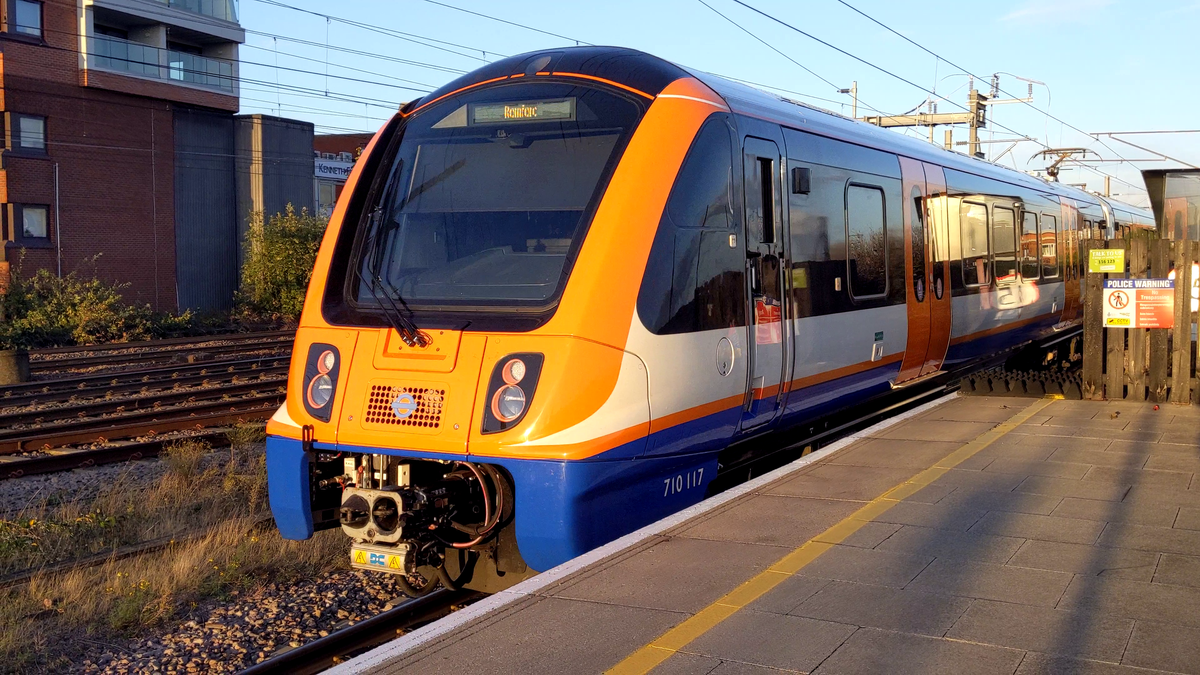
Three weeks ago, London Overground brought their brand-new Class 710 Aventras into service on the Romford to Upminster line. So, I travelled to Romford to take a trip — a very short trip — on these new trains. Here is a brief overview.
Construction
In June 2015, Transport for London (TfL) announced they would be contracting Bombardier to build 45 Aventra electric multiple units (EMUs) to upgrade their fleet. The order, which amounted to £260 million, was formally placed a month later.
Though in 2017 TfL ordered an additional nine EMUs to bring the total to 54. These Aventras would go on to be designated Class 710s. They were constructed in the UK by Bombardier between 2017 and 2020. The first unit entered operation in May 2019.
The class 710/1s are found on the Romford to Upminster and Lea Valley lines. They are AC only, four cars in length, and 30 were built. But what about the other 24 units? These are either 710/2s or 710/3s, both of which are dual voltage.
There are 18 Class 710/2s. These are also 4-car units and run on the Gospel Oak to Barking and Watford DC lines. Meanwhile, the Class 710/3s, of which there are six, have five cars per set and operate on the North and West London lines.
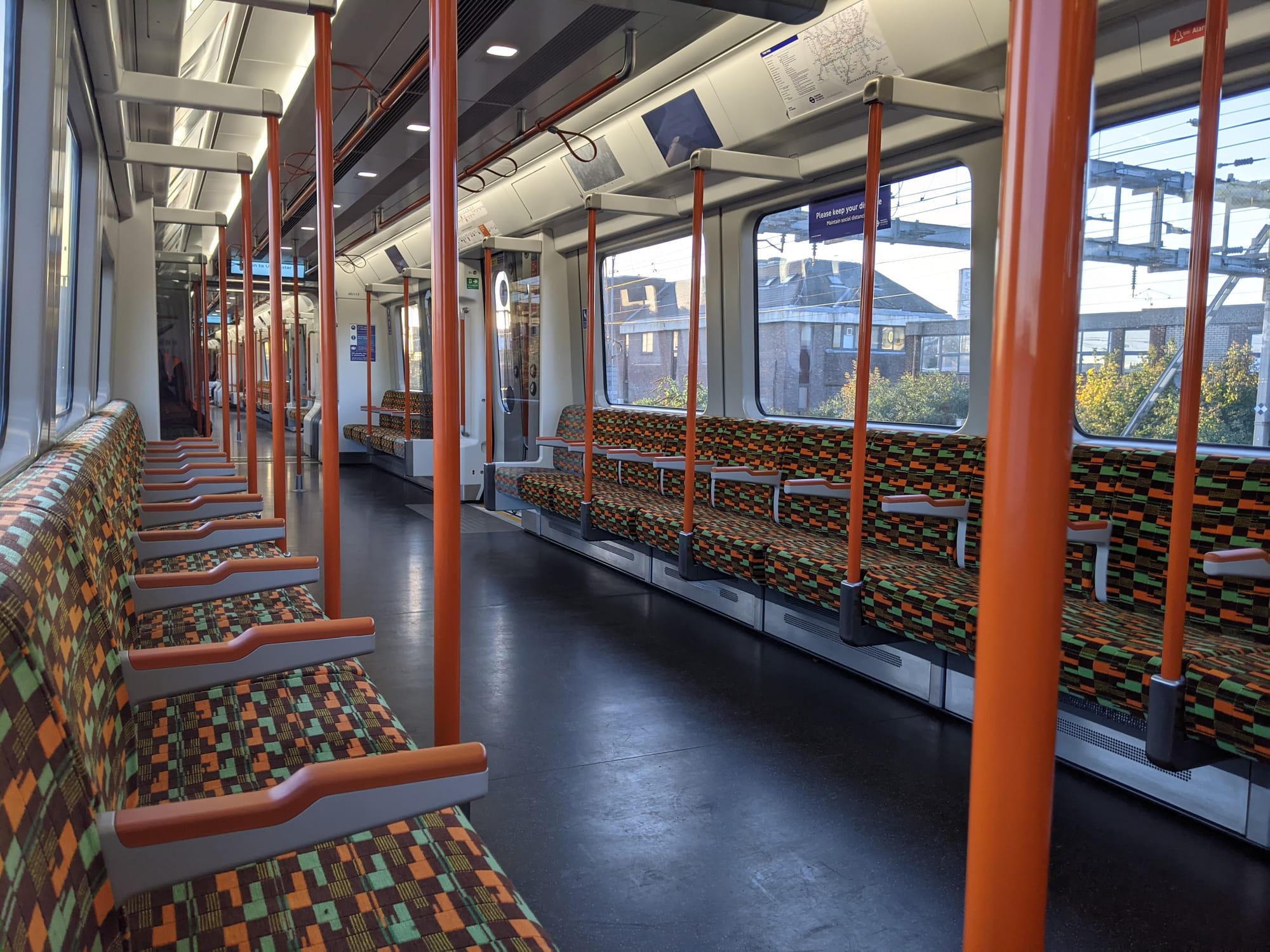
Romford to Upminster line
The Romford to Upminster line is a three-station-long rural route.
Romford provides access to TfL Rail and Great Eastern Main Line (GEML) services. Upminster, on the other hand, is a terminus of the District line on the London Underground that c2c services also stop at. Emerson Park is the only intermediate station.
All stops receive a twice-hourly service, operated by a single unit going back and forth (many) times a day. Prior to the Aventra's rollout, the line was operated by a Class 315. The switch to the Aventras took place on 5 October 2020.
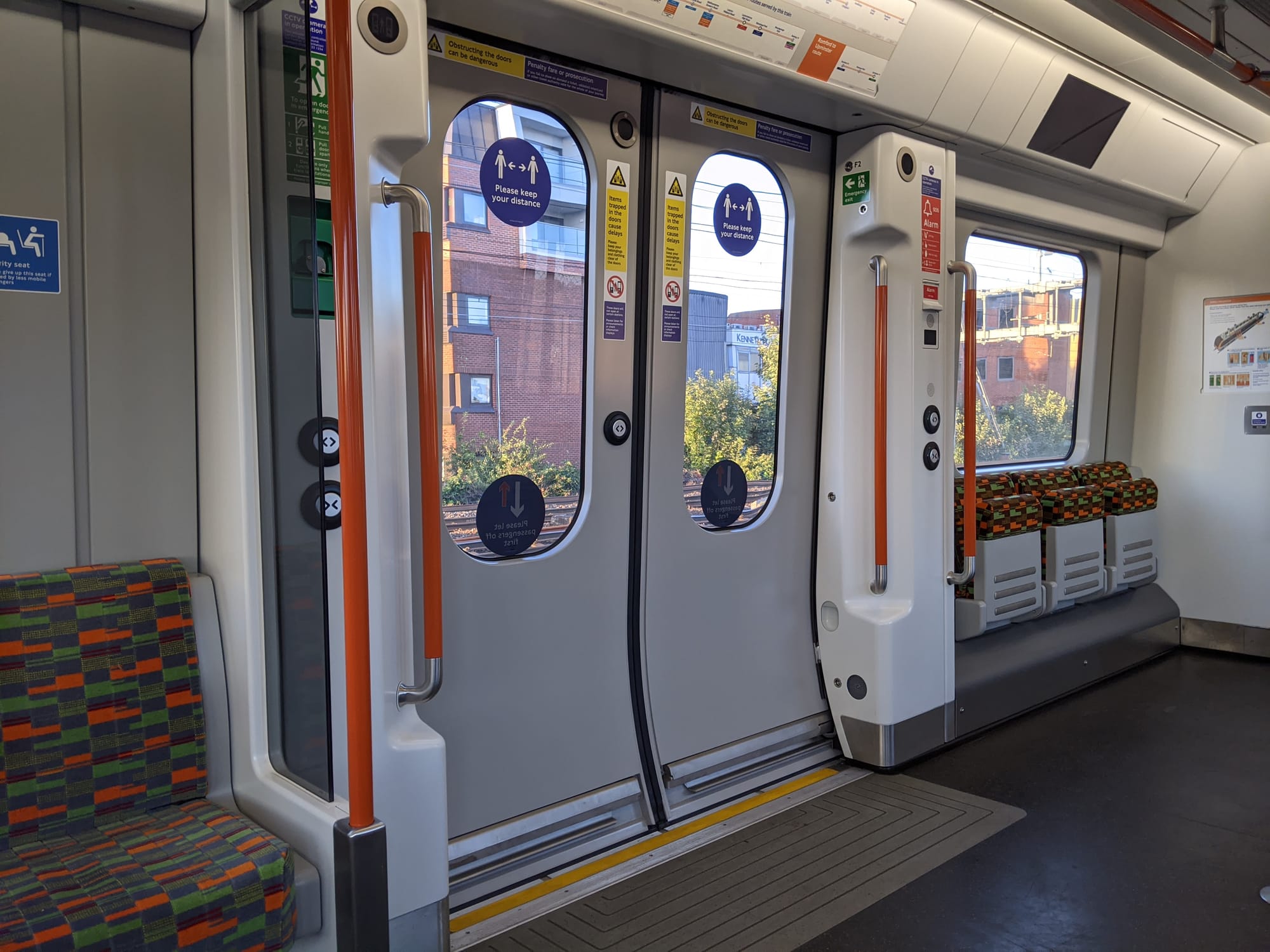
On-board the 710
Much like the Class 378 trains found elsewhere on the London Overground network, the 710s have only longitudinal seating. The Class 378 Capitalstar was also constructed by Bombardier; many of the units currently in operation are set to be replaced by Aventras.
The Class 710's interior is nicely connected by continuous carriage gangways. Air conditioning is present, alongside lighting that becomes brighter throughout the day and into the evening. There are new digital passenger information system (PIS) displays around each carriage, too.
A designated accessible area can be found in the centre of the train. Priority seats have been included and can be identified by signage and a slightly lighter moquette. However, there are no toilets on board these new commuter trains.
USB plug points can be found around each carriage, and wireless Internet access is available throughout the train. Handrails and grab handles have, as expected, been included to manage large volumes of travellers at peak times.
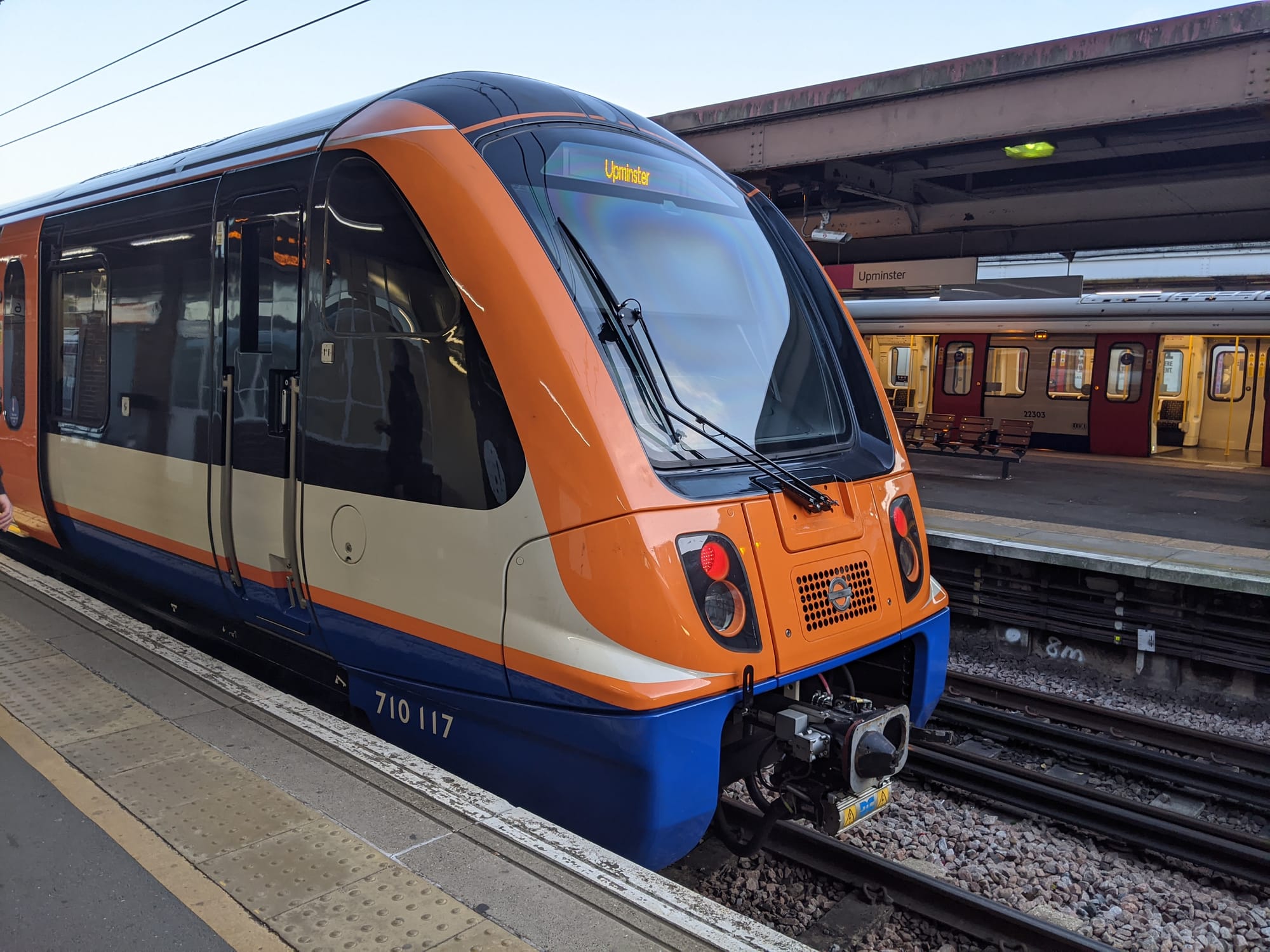
I enjoy the moquette and the livery works well, too. I look forward to seeing TfL's Aventras making their way to other parts of the London Overground network.


